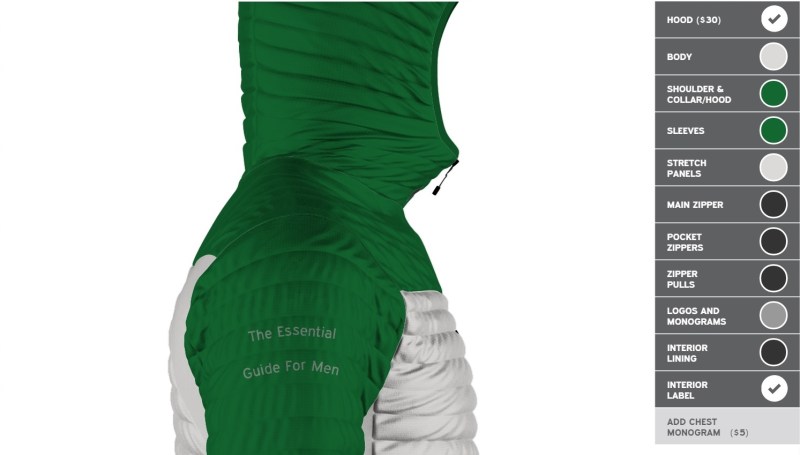Winter is upon us. For those of us that worship at the altar of the Snow Gods, this in-between seasons time is one of anticipation as we carefully watch weather forecasts, tune skis, and update gear. Every snow flurry brings hope that opening day at our favorite ski resorts will be that much closer. This year, we’ve carefully researched the best gear, found new trends in the industry, and discovered what will become favorite innovations. Stay tuned as we unroll our Ski Season Preview.
It’s no secret that goose down is the best warmth-to-weight insulator on the market. However, all down is not created equal, so you’ve got to be careful when searching for that next winter parka or mid layer. Eddie Bauer’s Storm Down takes all of the guess work out of your shopping though; with a DWR treated shell and 800-fill hydrophobic down, their Microtherm Hooded Jacket has been our go to mid layer for quite a few ski seasons.
Related: Cape Productions | Voormi Core Construction
So how do you improve on a jacket that is a staple in every serious winter kit? Eddie Bauer made a custom option. Everything from the zippers to each panel of cloth of the shell and lining can be color matched from over a dozen options. When we got a sneak peak at the system late last month before it launched, we quickly became overwhelmed with the thousands of permutations available (although finally settled on perfect Manual themed hoody that we are impatiently waiting for).
Eddie Bauer’s First Ascent team also enlisted each of their guides and athletes to provide input, so you can see personal preferences from skiing visionary Lindsey Dyer to renowned wildlife biologist and hunting guide John Burrell. With snow and cold weather in the forecast for much of the country, what’s stopping you from building your own custom down jacket this winter?





